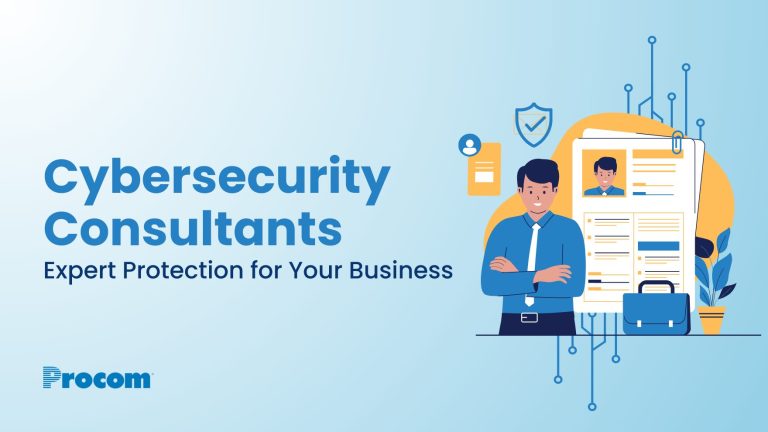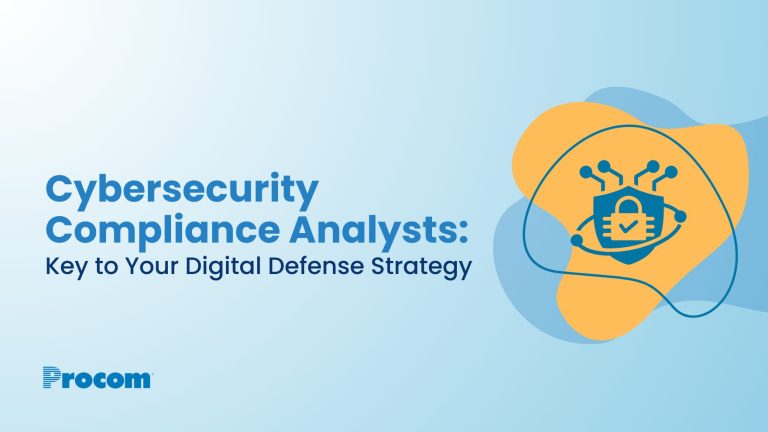The keys to successfully managing contingent workforce performance will require KPIs that include cost, quality, efficiency, customer feedback and risk.
You can’t manage what you don’t measure – says the old business axiom, and most successful organizations. As you examine the performance of your contingent workforce, it’s important to know exactly what it is you should be measuring and the factors that drive a successful program.
It is very common for organizations to make the mistake of evaluating their contingent workforce program based solely on cost savings and speed, but in today’s era of talent scarcity those metrics only tell part of the story.
Key Performance Indicators (KPIs) in your contingent workforce management programs
KPIs: How do you measure the success of your contingent workforce program?
It’s critical to be aware of what, exactly, it is you should measure and the factors that drive a successful program. While performance indicators surrounding cost savings and time to fill are common metrics most companies are measuring, contingent workforce management is much more complex than that.
There are many different Key Performance Indicators (KPIs) companies can use to track and measure success; however, it’s imperative that the ones you choose directly reflect the goals your organization has set for its contingent worker program.
Top 5 Contingent Workforce KPIs to measure in your program
Regardless of whether you’re operating your contingent workforce internally or your organization has engaged a managed services provider (MSP) to implement a new program, here is a list of KPIs you should be thinking about regarding when it comes to contingent workers and contingent workforce management:
1. Cost
Saving on costs is a consistent factor in contingent workforce management, with organizations ranking contingent workforce costs as a top five spend category. However, cost management does’t just include bill rate and governance — but the total costs of the overall program. This means tracking things such as:
• Competitive candidate pay rates
• Percentage of rate-card compliant workers vs. non-compliant workers
• Talent acquisition and turnover
• Program tools and resources
• Software
• Data management and analysis
• Office resources and supplies
• Uncontained risks/non-compliance fines and penalties
• Vendor rates
• Overtime costs
• Conversion fees
• Spend forecast
Inconsistencies in these areas lead to a lack of visibility that could be costing a business thousands if not millions in avoidable contingent spend.
2. Quality
Fifty-three per cent of organizations list quality as a top factor in their contract workforce program, and 78 per cent select it as one of their top three considerations. Typically, these objectives can be broken down and measured in three categories:
i. Program operations
ii. Talent services
iii. Vendor services
i. Program operations
Acquiring and managing contingent talent can be a time consuming and very rewarding process. Even for organizations with a solid program; it’s good to track things such as:
Job descriptions and submission rates
• Number of applicants
• Placed talent vs. rejected candidates
• Number of times a job description has been re-written
• Changes made to skills and qualifications sections
Supervisor or manager performance
• Time to fill
• Retention
• Which manager is the best at spotting and developing talent and which ones fall short?
• Manager evaluation
ii. Talent services
Thirty-eight per cent of organizations list service quality as one of their top three considerations. Yet many still aren’t measuring it. Talent quality can be measured by tracking things like:
• Manager satisfaction
• Percentage of completed assignments on time and on budget
• Early contract terminations
• Contract extensions
• Worker evaluations
• Diversity
• Would you re-hire and use this worker or recommend for another role
iii. Vendor services
Whether your organization has been operating a contingent worker program for years or you’ve recently been engaged a Managed Service Provider (MSP), it’s important to track the factors that drive a successful program. You should be tracking things like:
• Requisition inquiries
• Responsiveness
• Fill rate
• Time to hire
• Resume to job opening and resume to interview rate
• Talent
• Worker dis-engagement
• Percentage of candidates that complete pre-assignment documentation, background checks, drug screenings and other required documentation
• Rate card adherence
• Results of audits
3. Efficiency
Measuring the efficiency of your contingent worker program involves tracking the speed, accuracy and success rates of various processes and establishing accountability among the parties responsible. Typically, these parties include: hiring managers, vendors and talent.
Hiring managers
• Time to fill
• Time to respond or approve
• Worker evaluations: Are they being completed? How often and how long do they take?
• Worker onboarding and offboarding
Vendors
• Candidate quality and speed of submittal
• Accuracy of candidate qualifications
• Candidate engagement
• Onboarding and offboarding
• Compliance
• Invoicing and payment
• Financial/transaction reporting
Talent
• Early contract terminations
• Contract extensions
• Percentage of completed assignments on time and on budget
• Manager satisfaction rates
4. Risk
Identifying and mitigating areas of risk in your contingent worker program is critical to avoiding the unforgiving fines and penalties of non-compliance. To keep compliant, it’s important to track things like:
• Worker misclassification
• Criminal behavior
• Counterparty risk
• Employer standards compliance
• Code of Conduct
• Financial irregularities
• Co-employment
5. Satisfaction surveys
In today’s talent market, it’s important to measure not only hiring manager satisfaction but also supplier satisfaction and perhaps most importantly, candidate satisfaction to ensure a quality contingent workforce program. Sending quarterly surveys to measure your NPS score will also lend to your organization’s continuous improvements efforts.
DEI: Bringing metrics and accountability into your contingent worker program
To improve outcomes in contingent workforce programs, organizations must go beyond cost—focusing on planning, worker quality, and key metrics like job orders filled, time to fill measures, and client feedback. Leading staffing agencies help reduce high turnover by providing contractors with specialized skills and complete background checks.
Skilled workers increase productivity, while service level agreements support risk management and monitoring. As workforce trends evolve, determining which positions deliver the most benefits to your team is essential.
By performing consistently and aligning talent to business goals, you keep hiring efficiently and stakeholders satisfied.
Consider voluntary and anonymous surveying
To gather this data, organizations can survey internal employees to gain an understanding of the organization’s current state. Gartner Research suggests focusing on seven (7) key drivers:
- Fair treatment – Workers are recognized and rewarded.
- Integrating differences – Different opinions are valued and respected.
- Decision making- Ideas and suggestions are considered fairly.
- Psychological safety – Workers feel welcome to express their true feelings.
- Trust – Organization communicates openly and honestly with workers.
- Belonging – Workers feel cared about within the organization.
- Diversity – Managers are as diverse as the broader workforce.
Depending on the local regulatory environment, organizations may also be able to conduct voluntary and anonymous surveys on the types of candidates applying to job postings. This is another great way to understand if the DEI objectives for the hiring process are working.
Optimize Your Workforce Strategy with Procom
To drive long term success in contingent labor, organizations must align key performance metrics with compliance management, cost efficiency, and performance expectations. Procom helps businesses reduce costs, save time, and fill job orders with high quality workers—whether they’re full time employees or temporary workers. From leveraging technology and direct sourcing solutions to streamlining your onboarding process and minimizing risk, our vendor management system ensures your staffing strategy is implemented correctly and meets specific needs.





